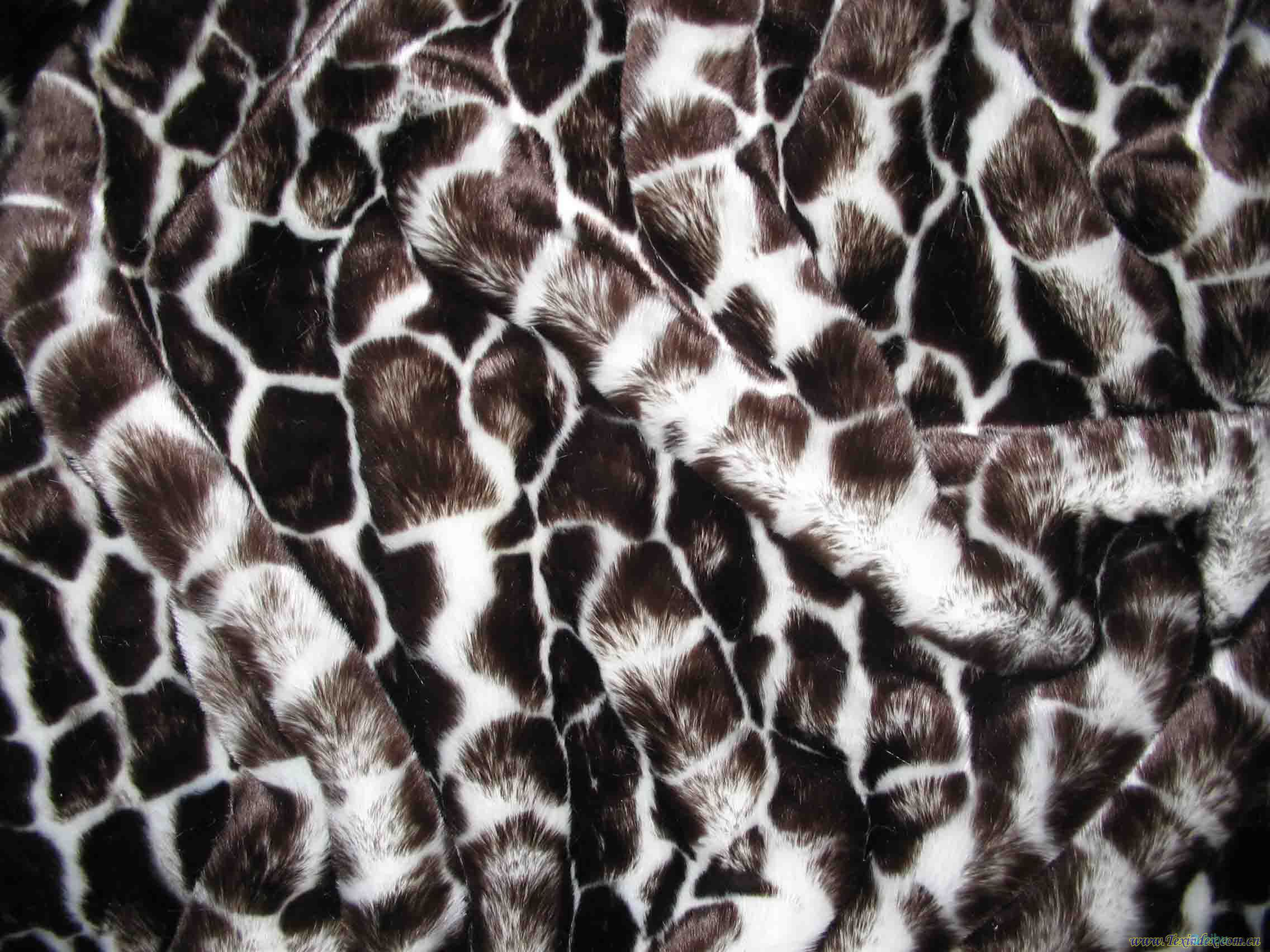What you must know about fur printing!
Today Xiao Bian gave you all the relevant knowledge about fur printing and dyeing auxiliaries. ~ We quickly collected! Surfactant dyeing auxiliaries Surfactants are an important class of chemical materials with unique structures and properties. They are widely used in daily life and industrial production. Surface-active chemicals are included in degreasers, immersion aids, and leveling agents for fur processing. Agent. The leveling agent can be called leveling agent or dyeing auxiliaries. The dyeing assistant surfactant has the following main effects when it is dyed: 1 Improve the wetting and permeability of the dye solution to the fiber, and evenly melt and disperse insoluble dyes such as disperse dyes; 2 control the dye molecules slowly in contact with the dyed substance, that is, slow down; 3 to transfer the dye in the dark part to the light part 4 fixed color. In the dyeing process, the application of surfactant surface activity is mainly to improve the wetting and permeability of the dye liquor to the fiber, and other properties are the application of derivative properties. When dyeing with a poorly soluble dye, only a very small amount of the dye is dissolved in water in molecular form, and more dye is encapsulated or adsorbed in the surfactant-formed micelle. There is a dynamic equilibrium between the dyes distributed molecularly in the solution and the dye molecules in the micelles. The dye molecules dissolved in water during dyeing are adsorbed by the fibers and gradually diffuse into the fibers. The equilibrium of the dyeing system moves. The micelles formed by the surfactant during the entire dyeing process are like a small dye warehouse. Dye molecules are continuously transported into the dye bath at a moderate rate. Leveling agents are pro-fiber, pro-dye, and both. The pro-fiber leveling agent acts as a leuco dye and competes with the dye molecules at the initial stage of dyeing for coloring sites on the fiber. Because the leveling agent has a small molecule and penetrates quickly, it penetrates into the fiber and occupies the position of the dye on the fiber. The dye molecule is large. Although the movement speed is slow, it has a greater affinity for the fiber, so the dye molecule can eventually The leveling agent molecules attached to the fibers are gradually replaced. This process delays the dyeing time of the dye, so as to achieve the purpose of slow dyeing and level dyeing. The hydrophilic dye leveling agent has a high affinity for the dye molecules. After the leveling agent is added to the dyeing bath, the dye molecules are attracted by the leveling agent molecules, and the dye molecules are not easily accessible to the fibers, thereby delaying the dyeing speed and achieving The purpose of leveling. Also due to the strong attraction of the dye leveling agent to the dye molecules, the dark color part of the dye can be pulled back into the dye bath and then dyed in a light place to achieve the purpose of dyeing. Fixing is to prevent and reduce discoloration. The color fixing agent is called a fixing agent. The fixing principle of the fixing agent is to use a substance and a dye oppositely charged to form an insoluble precipitate that is co-precipitated with the dye and fix the dye on the dyed matter so as to achieve the purpose of fixation. The evolution of dyeing aids Through the analysis of the mechanism of action of salts and active dyeing assistants, they are used to slow down, shift dyeing or promote dyeing by the action of dyes or fibers in the dye bath, and improve the uniformity of dyeing. Degree, fullness, can improve the dye absorption rate, increase the fastness of dyeing. In the early dyeing process, salt dyeing auxiliaries were used. It was not until the 1930s that surfactants formed an industry. Later, they were used as dyeing auxiliaries in the textile industry. In the fur dyeing industry, dyeing auxiliaries have undergone revolutionary changes. In the application, it was found that surfactant dyeing aids can completely replace the salt dyeing auxiliaries, and the effect is much better. With continuous research and development by manufacturers of fur-specific chemical materials, functional surfactant-type dyeing auxiliaries continue to emerge, imparting new functions to leveling agents, such as: Faint, increased gloss, increased dye synchrony, etc. The appearance of new materials improves the dyeing quality of the fur. In addition, the well-known salt causes water pollution. In recent years, salt dyeing aids have gradually withdrawn from the stage of fur dyeing. Mukun(Nantong) Textile Co.,LTD , https://www.mukuntextile.com
For more content, please follow this site